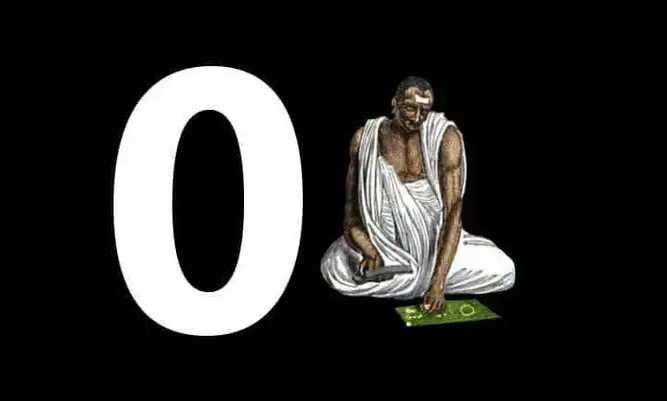The real inventor of zero: Who is Brahmagupta?
Brahmagupta is a famous astronomer and mathematician who provided the rise of zero and demonstrated its use in the four operations.

Brahmagupta is a highly accomplished Indian astronomer and mathematician born in 598 AD in Bhinmal, a state of Rajasthan in northwest India. He lived in Bhinmal under the rule of King Vyaghramukha during the reign of the Chavda dynasty. His most important contribution to mathematics is that he was the first person in history to describe the properties of zero as a number.
Zero is an indispensable number in mathematics, science, and engineering. Adding zero to a place value to show that a number has disappeared, that is, using it as a place value as its origin, can be found in Babylonian tablets and Maya writings in ancient times. However, zero is included here as a placeholder, not a number.
Brahmagupta (c. 598 – c. 668 CE) was an Indian mathematician and astronomer. He is the author of two early works on mathematics and astronomy.
One of Brahmagupta's most important contributions to mathematics was the introduction of zero as a number in its own right. “Subtracting itself from any number is zero. Multiplying a number by zero makes it zero. He is the first person to put forward the definitions we are familiar with today, such as adding or subtracting any number with zero given the number itself.
The Indian number system is already the basis of the number system we use today. In the 9th century AD, the mathematician Harezmi first introduced the Indian number system to the Islamic world in his work called Kitab al-Muhtasar fi Hisab al-Hindi. Later, this number system became widespread in the 13th century when Leonardo of Pisa (better known as Fibonacci) translated the works of Harizmi and introduced the new number system to Europe.
Brahmagupta was also the first to introduce the arithmetic rules of positive and negative numbers with zero. But he would do so in the name of fortunes and debts. He called positive numbers "wealth" and negative numbers "debt". Then he said, “Debt minus zero debt. A fortune minus zero is a fortune. Debt subtracted from zero is a fortune. He defined it with sentences such as “A wealth extracted from zero is debt”. As a result, when the definitions are examined, positive and negative numbers appear as a concept.
Brahmagupta gives these arithmetic rules and properties written above in chapters 12 and 18 of his work “Brahma-sputa-Siddhanta” (628).
He also says that the ratio of Pi, that is, the circumference of a circle to its diameter, is usually 3, and the square root of 10 should be used for this, which is equal to 3.162. In other words, it finds the true value of Pi 0.66 percent higher.
What is the “Brahmagupta Theorem”?
Brahmagupta also finds a formula for denoting the area of a four-sided shape whose vertices touch a circle. In fact, Heron's formula, which we use today to calculate the area of a triangle, is a customized version of the formula he came up with.
He also develops an interpolation formula for calculating sine values. This method then forms the core of the Newton-Stirling interpolation formula.
Apart from his contributions to arithmetic, Brahmagupta also heads the astronomical observatory in Ujjain. Here he contributes to the development of astromathematics with the famous mathematicians of his time. It says that the Earth is closer to the Moon than sunlight. He calculates that the Earth has a circumference of around 36,000 km (22,500 miles). Finds the length of a year as 365 days 6 hours 12 minutes 9 seconds.
He also publishes his astrological studies in his book “Khandakhadyaka” (665). This work, which consists of 8 parts, includes the longitudes of the planets, solar and lunar eclipses, tides, planetary conjunctions, and the cycles of the moon. He also talks about “gravity” in the phrase “Gravity falls on earth just as it does to attract bodies, just as water does to flow.” Apart from these works, there are also works named “Cadamakela” (624) and “Durkeamynarda” (672). Although he is mortal like every living thing, he still continues to live with his contributions to science.
